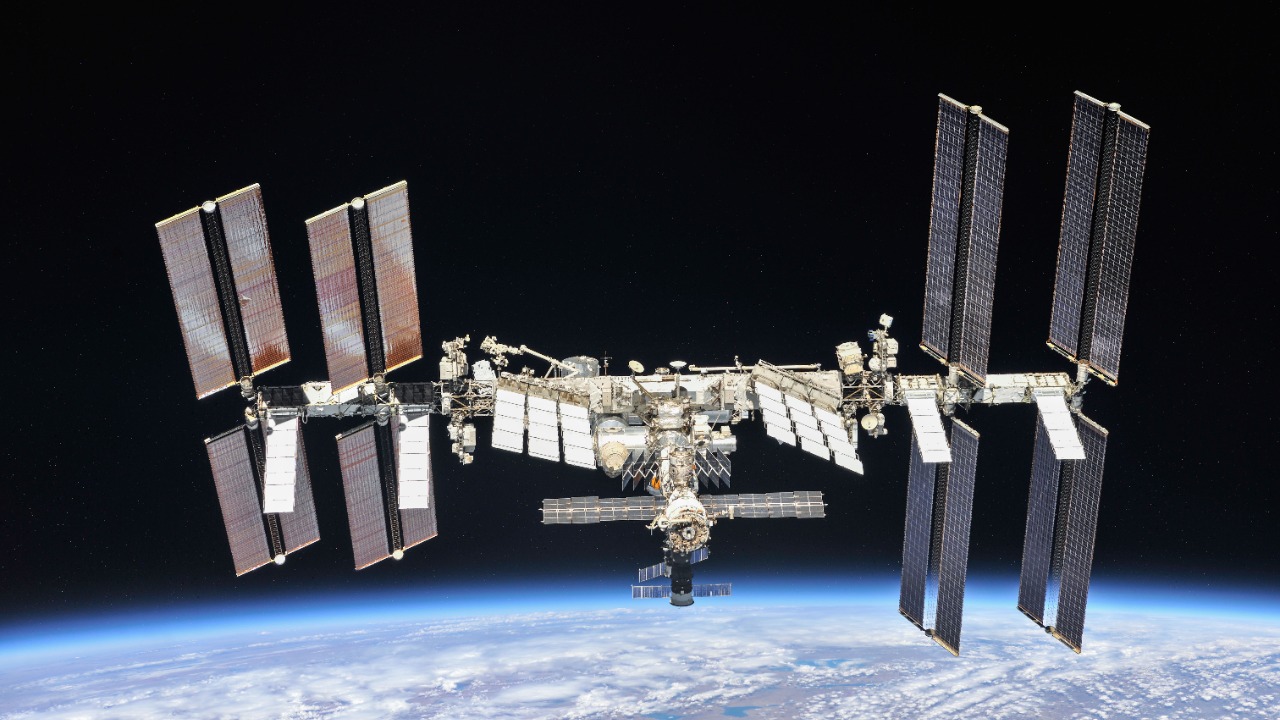
The Dream Chaser spaceplane, a reusable cargo vehicle developed by Sierra Space, was initially set to make its maiden voyage to the International Space Station (ISS) in 2026. However, recent developments have led to the cancellation of these plans, marking a significant delay in the program’s timeline. This change has forced NASA to rethink its ISS logistics strategy, highlighting the challenges faced by emerging space technologies in meeting ambitious deployment schedules.
Background on the Dream Chaser Program
The Dream Chaser spaceplane is a product of Sierra Space, a company that has its roots in the Sierra Nevada Corporation’s initial designs from the early 2010s. The vehicle has evolved over time, becoming a NASA-certified cargo vehicle with unique features. Among these are its runway landing capability, similar to the Space Shuttle, autonomous docking systems, and the capacity to carry up to 5,500 kg of pressurized cargo to the ISS. Sierra Space has been the prime contractor for the project, partnering with NASA through the Commercial Crew and Cargo programs since 2016.
Original Plans for 2026 ISS Mission
Under the second round of Commercial Resupply Services (CRS-2) awarded by NASA in 2019, the Dream Chaser was slated for up to six missions starting in 2024, with the first targeted for 2026. The mission profile included a 15-day docking at the ISS for cargo delivery and return of experiments. This was part of NASA’s strategy to diversify suppliers beyond SpaceX and Northrop Grumman. Early milestones, such as the 2021 subscale test flights and 2022 vibration testing, made 2026 seem like a realistic debut year before the recent announcement.
Reasons Behind the Schedule Shift
The delay in the Dream Chaser’s schedule can be attributed to several factors. Certification delays with NASA, particularly unresolved issues in propulsion systems and flight software, have extended ground testing beyond initial projections. External factors, such as supply chain disruptions due to the global pandemic and geopolitical tensions affecting component sourcing for the vehicle’s composite airframe, have also played a role. Internally, Sierra Space has faced challenges with workforce expansions and integration hurdles with the Shooting Star cargo module, pushing the timeline into 2027 or later.
Impact on NASA’s ISS Operations
The delay in the Dream Chaser’s schedule has significant implications for NASA’s ISS operations. It necessitates increased reliance on SpaceX’s Dragon for 2026 resupply slots to maintain ISS science and maintenance needs. The postponement could also add millions to Sierra Space’s development budget, straining NASA’s $3.1 billion CRS-2 allocation. NASA may need to accelerate Northrop Grumman’s Cygnus missions or integrate uncrewed alternatives to fill the gap in U.S. commercial cargo capacity.
Sierra Space’s Response and Adjustments
In response to the delay, Sierra Space has announced plans to reallocate resources, focusing on completing environmental testing at the Johnson Space Center in Houston by mid-2025. The company has also updated its flight manifest, confirming that the first Dream Chaser mission will now target a free-flyer demonstration before any ISS docking attempts. Sierra Space continues to invest in the project, as evidenced by the $20 million NASA Milestone Payment received in 2023 for progress toward human-rating the vehicle for future crewed variants.
Broader Implications for Commercial Space
This setback for the Dream Chaser reflects wider industry trends, including delays in Boeing’s Starliner and Intuitive Machines’ lunar lander, amid NASA’s push for a post-ISS era. However, the Dream Chaser could find opportunities in non-ISS roles, such as point-to-point Earth transport or orbital tourism, to mitigate the financial strain of the 2026 cancellation. The delay could also influence long-term U.S. space policy, potentially impacting the 2025 NASA budget debates over commercial partnerships versus in-house development.
More from MorningOverview